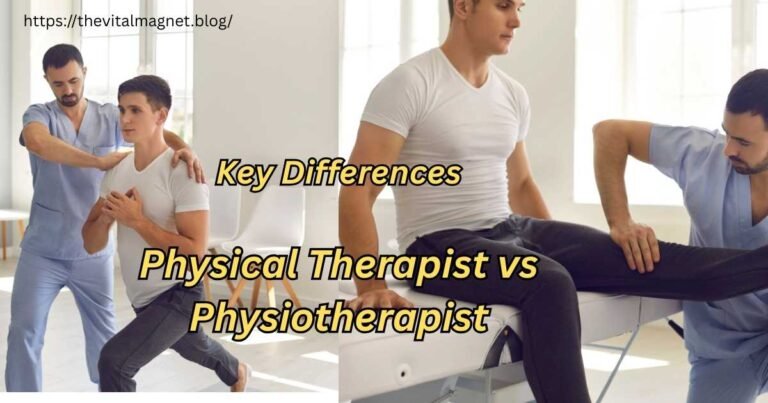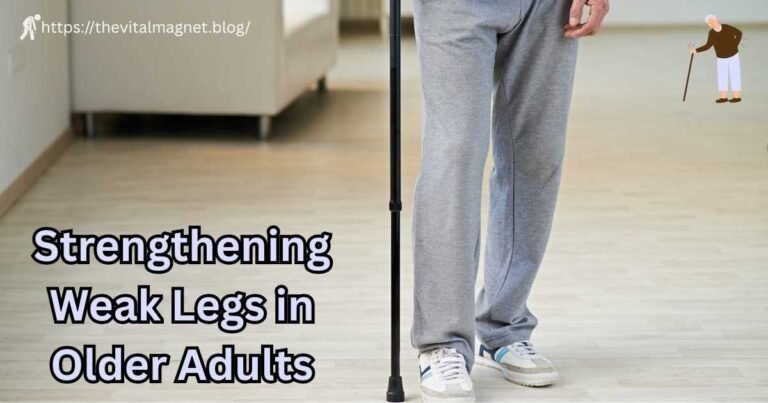Relieve Inner Knee Pain While Driving: Tips & Solutions

Driving can be a smooth and enjoyable experience unless you feel that nagging pain in your inner knee. If you’ve been there, you know how much it can disrupt your focus on the road. This article will take you through the causes of Inner knee pain while driving, how to relieve it, and practical tips to prevent it from interfering with your daily commute.
What Exactly is Inner Knee Pain While Driving?
Inner knee pain, also known as medial knee pain, typically arises from the stress placed on the inner side of the knee joint. Whether you’re commuting to work or on a long road trip, this discomfort can quickly turn into a significant distraction. You may experience a dull ache or a sharp, intense pain—either way, it’s enough to make you squirm in your seat.
Why Does My Knee Hurt While Driving? Key Causes
Identifying the underlying cause of your knee pain is crucial for finding an effective solution. Here are some common reasons that contribute to inner knee pain while driving:
- Prolonged Sitting: Staying in the same position for too long can lead to stiffness and discomfort in the knee joint.
- Repetitive Foot Movements: Constantly pressing the gas and brake pedals strains the knee tendons and muscles.
- Poor Posture: Misaligned seating positions can increase pressure on the knees.
- Existing Knee Conditions: Conditions like osteoarthritis or previous knee injuries may worsen with driving.
- Vehicle Ergonomics: Improper seat adjustments or poorly positioned pedals can cause strain.
Medical Conditions That Could Be Behind the Pain
Specific health issues can exacerbate inner knee pain while driving. These include:
- Patellar Tendinitis: Inflammation of the tendon connecting the kneecap to the shinbone, often worsened by repetitive movements.
- Osteoarthritis: A degenerative joint condition that leads to pain, swelling, and stiffness, made worse by extended sitting.
- Medial Collateral Ligament (MCL) Injury: A torn or strained ligament on the inner knee can trigger pain during driving.
- Meniscus Tears: Damage to the knee cartilage may cause pain, especially when twisting.
- Pes Anserine Bursitis: Inflammation of the bursa on the inner knee can cause discomfort during long drives.
Symptoms of Inner Knee Pain While Driving
How do you know if your knee pain is linked to your driving habits? Here are the symptoms to watch for:
- A dull or sharp ache in the inner part of the knee.
- Stiffness, particularly after sitting for long periods
- Difficulty extending or bending the knee fully
- Swelling or tenderness around the knee area
- Weakness or instability in the knee joint
- Pain when pressing the pedals or getting in and out of the vehicle
Simple Solutions for Inner Knee Pain While Driving
Managing knee pain while driving doesn’t have to be complicated. Here are a few practical ways to reduce discomfort:
1. Adjust Your Posture for Better Comfort
Keep your knees slightly bent and your seat positioned so that your hips align with your knees. These measures can help lessen the pressure on your knee joints.
2. Take Regular Breaks
Don’t stay in one position for too long. Stop every 1-2 hours to stretch your legs, walk around, and improve blood circulation.
3. Use Knee Support
Lumbar support cushions, knee braces, or cushions under your thighs can relieve and prevent further strain.
4. Modify Your Vehicle Settings
Ensure your seat, pedals, and steering wheel are adjusted to minimize knee pressure.
5. Strengthen and Stretch Your Leg Muscles
Incorporating strengthening exercises into your routine can help prevent knee pain. Focus on your quadriceps, hamstrings, and calves.
Knee-Friendly Exercises You Can Do
Add these knee exercises to your daily routine to help ease inner knee pain:
| Exercise | How to Perform It | Repetitions |
|---|---|---|
| Quad Sets | Tighten your quadriceps, press your knee down, and hold for 5-10 seconds. Relax and repeat. | 10-15 times |
| Straight Leg Raises | Lift one leg while keeping it straight, hold for 5 seconds, then lower slowly. | 10-15 times |
| Hamstring Stretches | Lean forward with one leg extended to stretch your hamstrings. Hold for 15-30 seconds. | 3-5 times per leg |
| Calf Raises | Stand and rise onto your toes, then lower back down. | 2-3 sets of 10-15 |
| Wall Slides | Slide down a wall until your knees are bent at 45 degrees, hold for 5-10 seconds, then slide back up. | 10 times |
When to Seek Help from a Doctor
If your knee pain is severe, persistent, or worsens over time, it’s time to consult a healthcare professional. If you notice any of these signs, it’s important to get in touch with a healthcare professional.
- Severe swelling, redness, or warmth in the knee
- Instability or a feeling that your knee may give way
- Difficulty bearing weight or walking
- Pain that affects your daily activities or sleep
Preventive Measures for Inner Knee Pain While Driving
The best way to handle knee pain is to prevent it before it starts. Implement these strategies to maintain knee health:
- Keep Your Weight in Check: Carrying extra pounds can put additional pressure on your knee joints.
- Stay Active: Regular exercise strengthens the muscles that support your knees.
- Warm Up Before Long Drives: Stretch your muscles before hitting the road.
- Choose an Ergonomic Vehicle: Select a car with adjustable seating and pedals.
- Practice Good Posture: Maintain good posture throughout the day to prevent muscle imbalances.
- Stay Hydrated: Proper hydration supports joint health.
Adjust Your Car for Comfort and Support
Your vehicle’s setup plays a significant role in reducing knee strain during drives. Here’s how to create an ergonomic driving environment:
- Seat Adjustment: Make sure the seat height and backrest are set to keep your knees slightly bent while driving.
- Steering Wheel: Position the steering wheel so your arms remain relaxed and you don’t need to stretch.
- Pedal Alignment: Ensure your seat is set so you can press the pedals without overextending your knees.
- Lumbar Support: Use lumbar support to maintain proper posture and relieve pressure on your back and knees.
What to Do If Driving Continues to Aggravate the Pain
If driving exacerbates your knee pain, consider these alternative transportation options:
- Public Transportation: Buses and trains can give your knees a well-needed break.
- Carpooling: Share driving responsibilities to reduce the strain on your knees.
- Ride-sharing Services: Use Uber or Lyft for shorter trips to give your knees time to recover.
- Walking or Cycling: Consider walking or cycling for short distances, which can help strengthen your joints.
Frequently Asked Questions
What causes inner knee pain while driving?
Prolonged sitting, poor posture, repetitive movements, or osteoarthritis typically cause inner knee pain.
How can I relieve knee pain during long drives?
Adjust your posture, take regular breaks, use supportive cushions, and perform strengthening exercises to reduce pain.
When should I seek medical attention for knee pain?
If your pain persists, worsens, or is accompanied by swelling, instability, or difficulty walking, seek professional help.
Can exercises help with knee pain?
Yes, exercises that target your quadriceps, hamstrings, and calves can significantly reduce pain and improve knee mobility.






